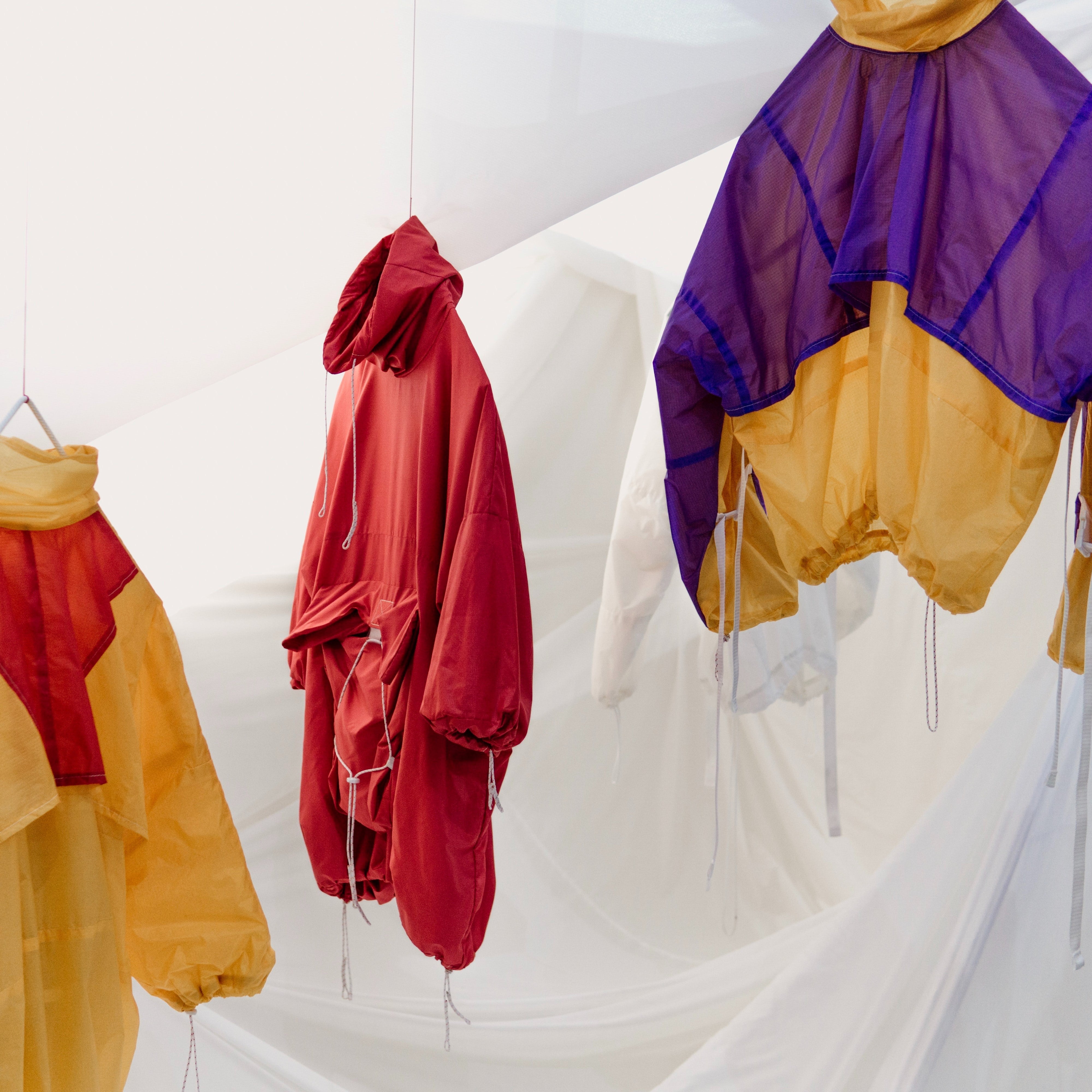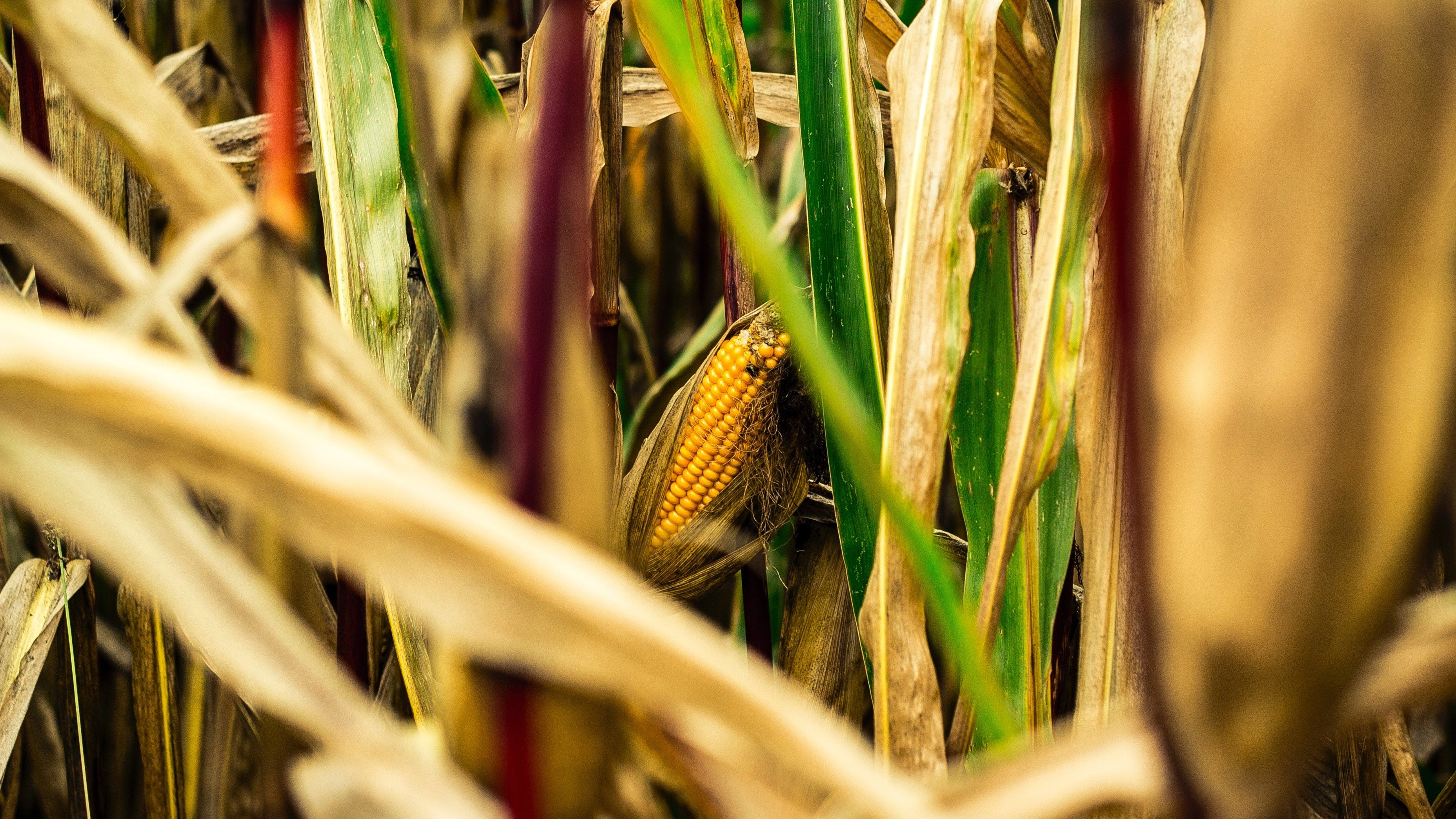
Plastic Pollution: A Darker Side of Fashion
BY BENNETT BOYD ANDERSON II
Fashion is a wondrous thing: a means of self-expression, a vital part of humanity’s artistic spirit. But there’s no such thing as a free lunch, least of all in the fashion industry—and the price?
Plastic.
Plastic is an integral component in the making and maintenance of fashion, particularly when synthetic fabrics are involved. Much of this waste ends up in the world’s oceans. Plastic knows no borders, and the effects of pollution in faraway India and Bangladesh have consequences that ripple all the way to bayside California.
A Harsh Reality
Environmentally speaking, experts regularly cite the fashion industry as a hot mess. The World Economic Forum estimates that fashion accounts for ten percent of global emissions and is the second-largest consumer of water worldwide. Many clothes, especially those made with polyester, shed thousands of minuscule plastic pieces when washed, endangering plant and animal lives. The amount of plastic released in this manner is equivalent to tossing up to fifty billion plastic bottles into the sea each year.
The disposal of used clothing is another issue. Fast fashion produces astonishing amounts of waste; for example, Zara presents an astounding twenty-four collections per year. This encourages consumers to buy, buy, buy. And what do they do with last season’s hottest new trends? According to the EPA, the average American discards more than sixty-eight pounds of clothing and textiles per year—and since some fashion outsiders (like me) discard much less than that, this figure implies that others must be tossing even more.
That clothing, and any plastics therein, must go somewhere. Sometimes it rots in a landfill, where it may eventually be burned and release harmful materials into the air. Often the journey stops at the ocean. Dissolving clothes release microplastics that are carried by currents to the Great Pacific Garbage Patch, which extends over 1.6 million square kilometers between Hawaii and California and from which microplastics smaller than five millimeters in diameter are extremely difficult to remove. The long-term effects are uncertain.
How We Got Here
The origins of plastic pollution are complex, compounded by global income inequality and the imbalances of a postcolonial world. High-fashion retailers have long pushed environmental and social costs of production onto manufacturing countries in Asia and Africa. Yet as such countries become increasingly wealthy and assertive, the Western World will have to engage with other societies (as well as its own) to examine the root causes of global plastic pollution.
Some private companies engage in dishonest schemes to reap the benefits of a green image without the associated costs: a phenomenon known as greenwashing. Aware that consumers will pay premiums for sustainable products, companies try to increase profits by emphasizing image over substance. (As a lifelong Gulf Coast resident, BP’s cheery green-and-yellow sunflower logo ain’t foolin’ me.)
The distinction between “with” and “of” matters in the corporate world, and fashion is no exception. Something labeled Made with *blank* may in fact contain negligible amounts of such material, recalling several infamous lawsuits in which “beef” products were revealed to contain significant amounts of filler. (They were made “with” beef, not “of” beef.) Always check the precise makeup of your fabrics.
Misleading marketing terms abound. Plastic marketed as biodegradable might only biodegrade after more than fifty years in a landfill—or floating in ocean currents. Something made of 100% “organic” cotton may seem ecologically friendly, but manufacturing even a single cotton t-shirt requires huge amounts of water and may not be sustainable. Greenwashing often relies on this sort of connotation-based misdirection, emphasizing facts that are technically true but rely on consumer assumptions to communicate something different.
Reasons to Care
Loose plastics pose problems for all life on Earth. Not only have we all seen photos of turtles choked by plastic bags or seabirds strangled by beer rings—or, in the age of coronavirus, trapped by discarded masks—but smaller plastics are even more insidious because they are hard to detect and remove. The effects invariably come back to bite us; a 2020 study found microplastics present in thirty-two percent of sampled fish in the North Atlantic. Humans ingest these plastics while consuming seafood, exposing themselves to potential health problems such as inflammatory or even neurotoxic damages—and research indicates that the problem will only worsen as microplastics continue to accumulate in the world’s oceans.
Plastic pollution also generates severe social issues. The developing world is especially maligned for its trash output—a German study conducted in 2017 concluded that ninety percent of all riverine waste to enter the ocean comes from ten rivers located in Asia or Africa—but less discussed is that Western nations ship containers of garbage to some of the world’s poorest countries. Often plastic discarded in this manner enters the ocean anyway and is carried into international waters, eventually finding its way to debris-filled gyres like the Great Pacific Ocean Patch. The Western World cannot wag the finger at developing countries when we encourage and exacerbate their failings, which harm us all in turn. This strains international cooperation at a time when international efforts are desperately needed to solve the problem.
A Glimmer of Hope
In the age of coronavirus, it can be hard to remain positive—not to mention the rampant climate doomism. But while this mess may be of our own making, our better qualities of cooperation, self-discipline and ingenuity cannot be counted out just yet.
There are positive developments. The Microbead-Free Waters Act of 2015 sailed through the U.S. Congress with bipartisan support to become law. Ocean cleanup efforts based in the EU are gaining increasing support, with international collaboration to produce sophisticated removal technology. China passed a slew of landmark laws in early 2020 to reduce pollution of all kinds in the Yangtze River, in the basin of which lives nearly a third of China’s enormous population.
As everyday consumers, our actions too can effect change. Recycling cannot achieve the benefits of non-use. Did you watch Emily in Paris? Take a leaf from the French and purchase fewer, better-made pieces. Your clothes will look better and last longer, and it’s très chic.
Look for plant-based solutions. Natural fibers are kinder, with alternative materials such as hemp and bamboo increasingly available. These fabrics often lack the microplastics that accumulate in the Great Pacific Garbage Patch.
Communicate your desires via your wallet. Do your research. Hold companies accountable. (Trust me, they’re listening. There’s a reason greenwashing is a thing.) Reward those who make strides toward a greener future.
And remember that, together, we can make a difference.
***********
About the Writer
Bennett Boyd Anderson III is a writer, editor, and linguistic activist. A Louisiana Creole with knowledge of French and German, he has lived and worked at various points in Vienna, Singapore, and Oxford. Currently he resides in New Orleans.
See Bennett's previous blogs: Fashion in a Digital Age

